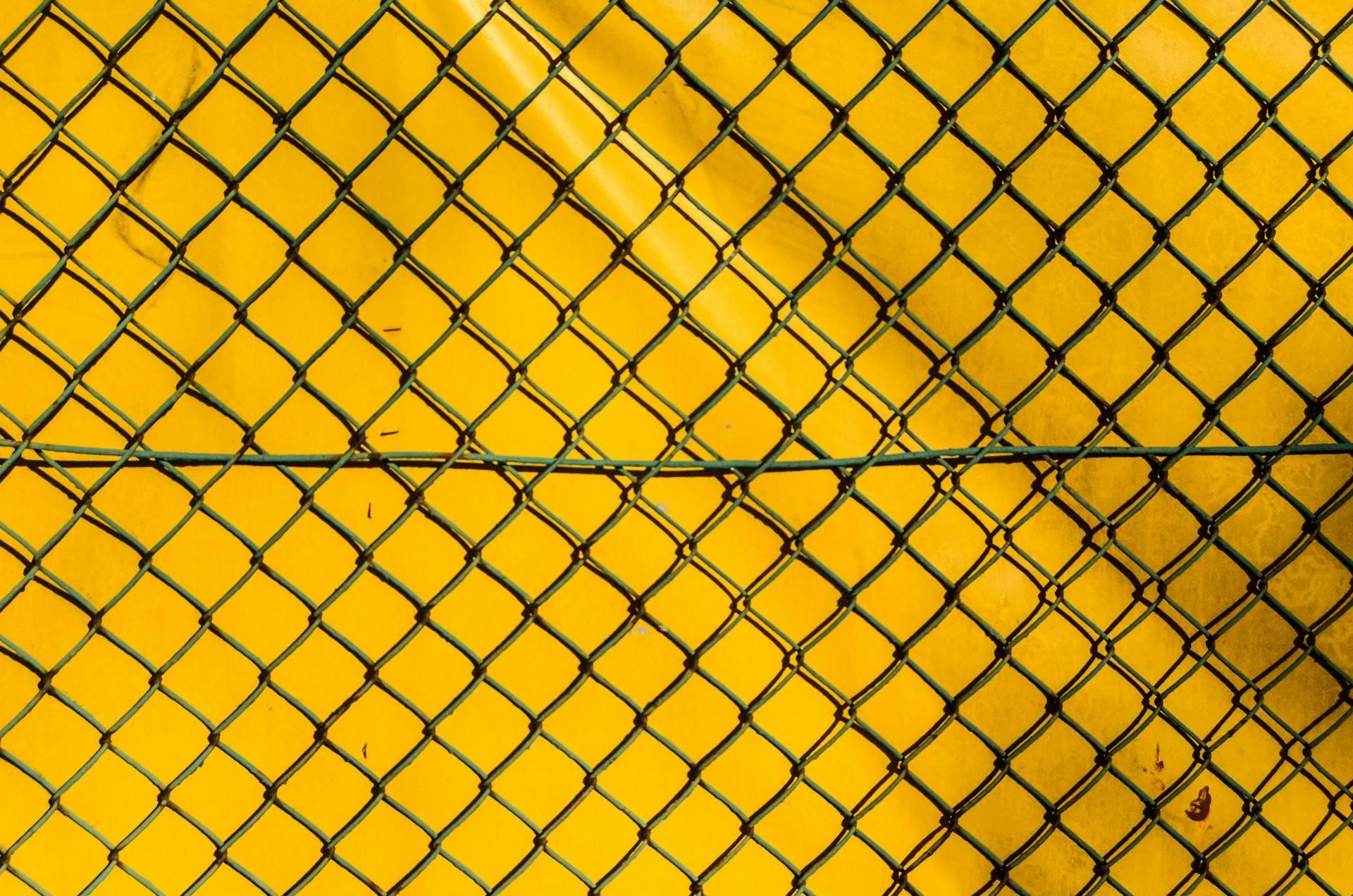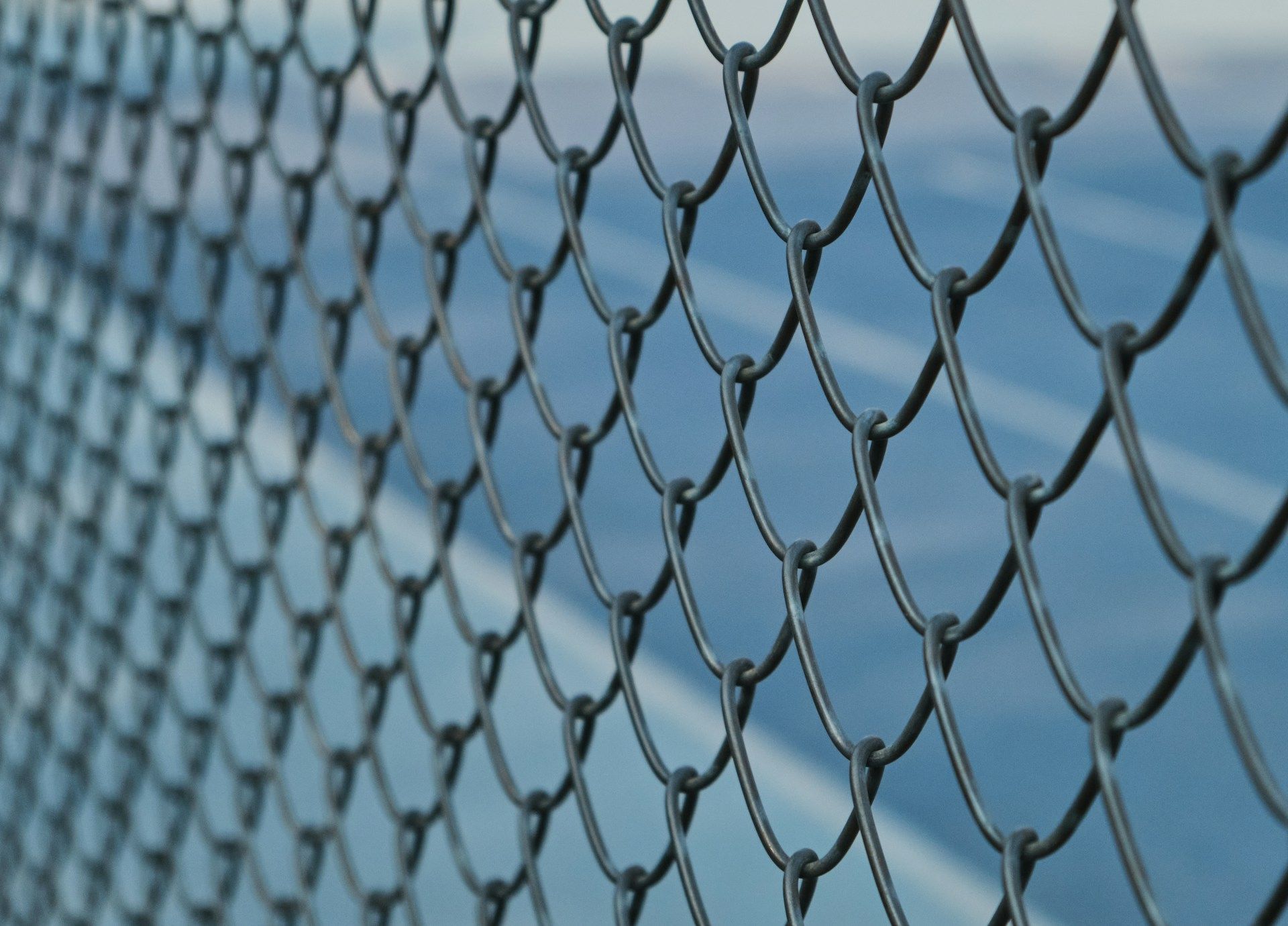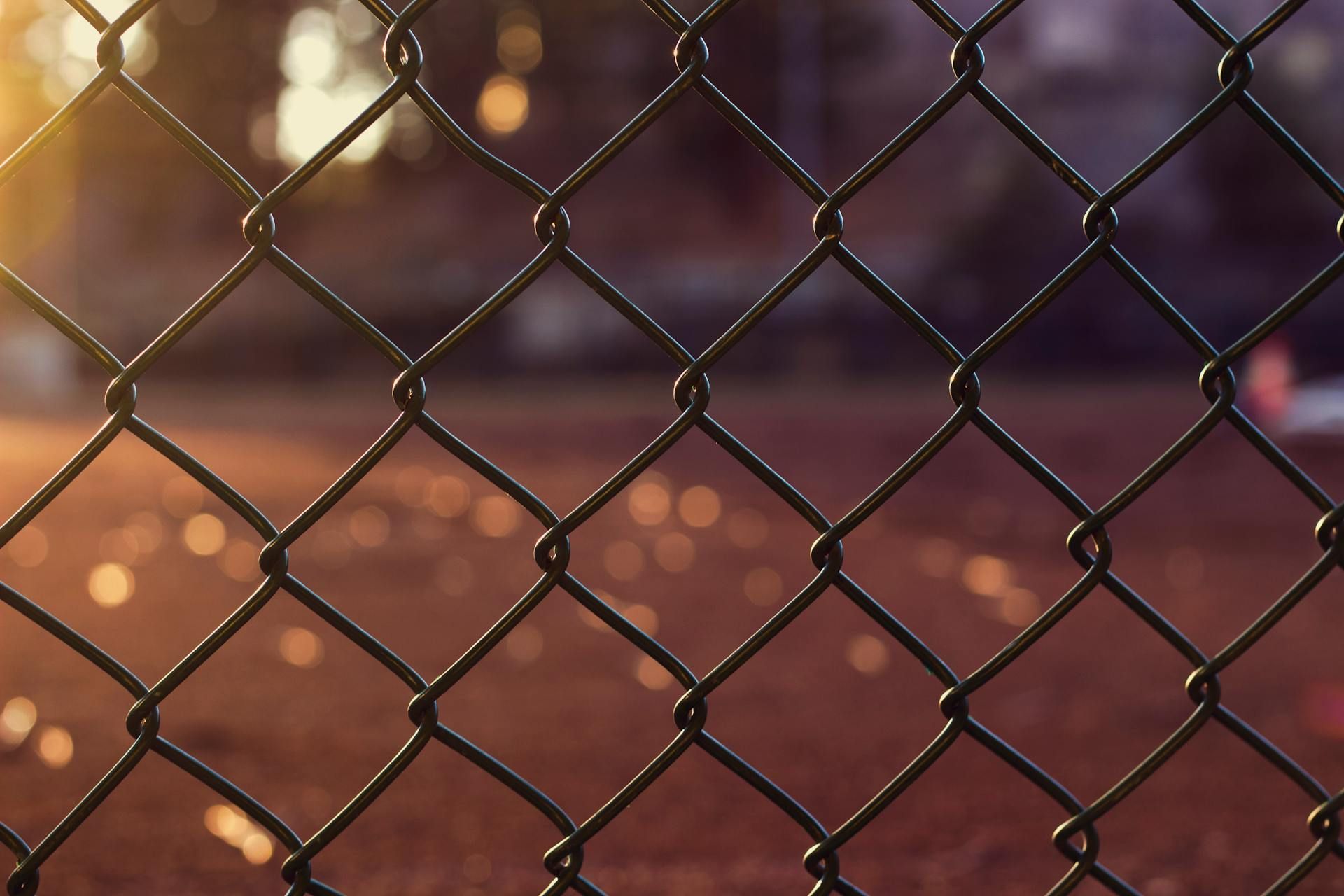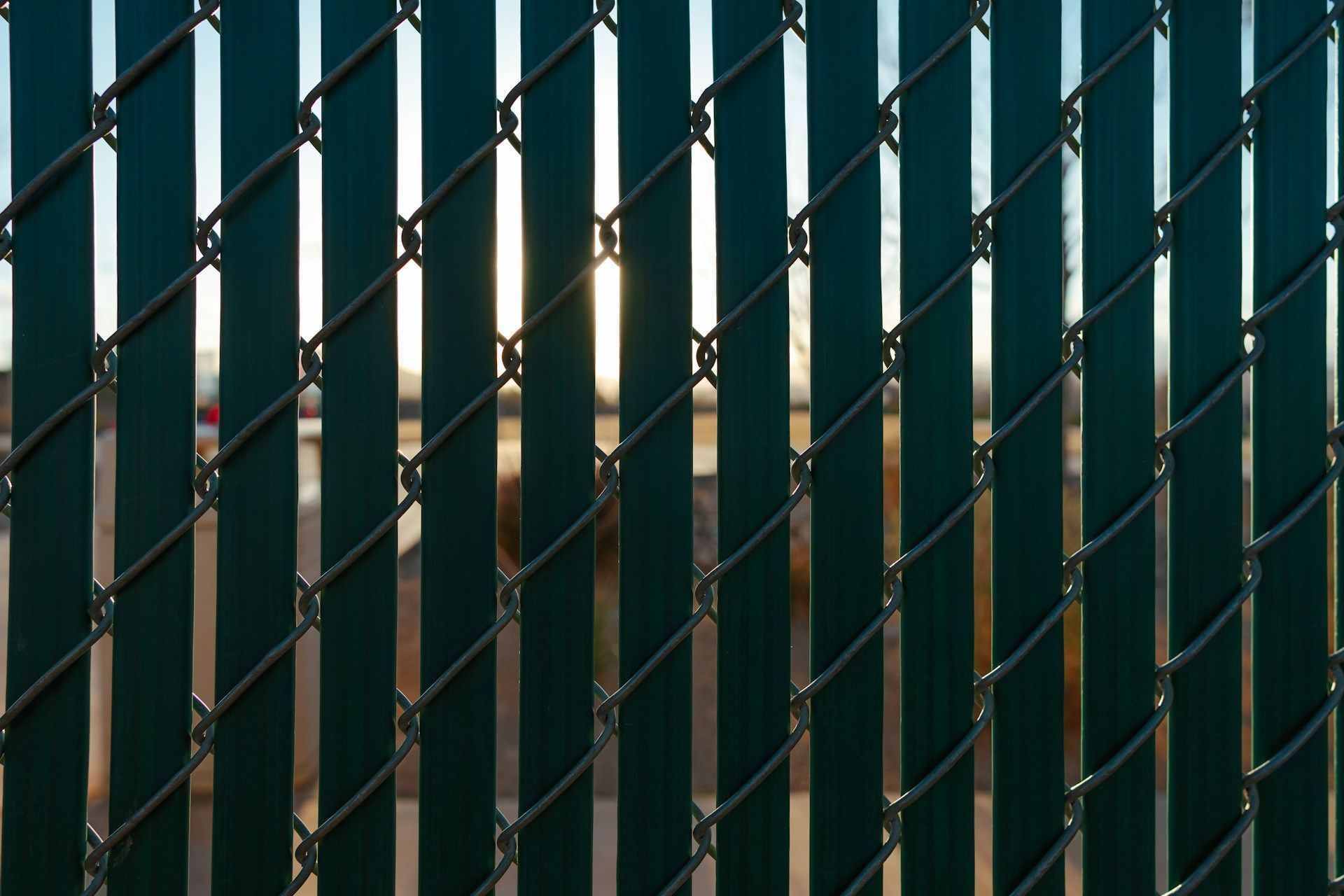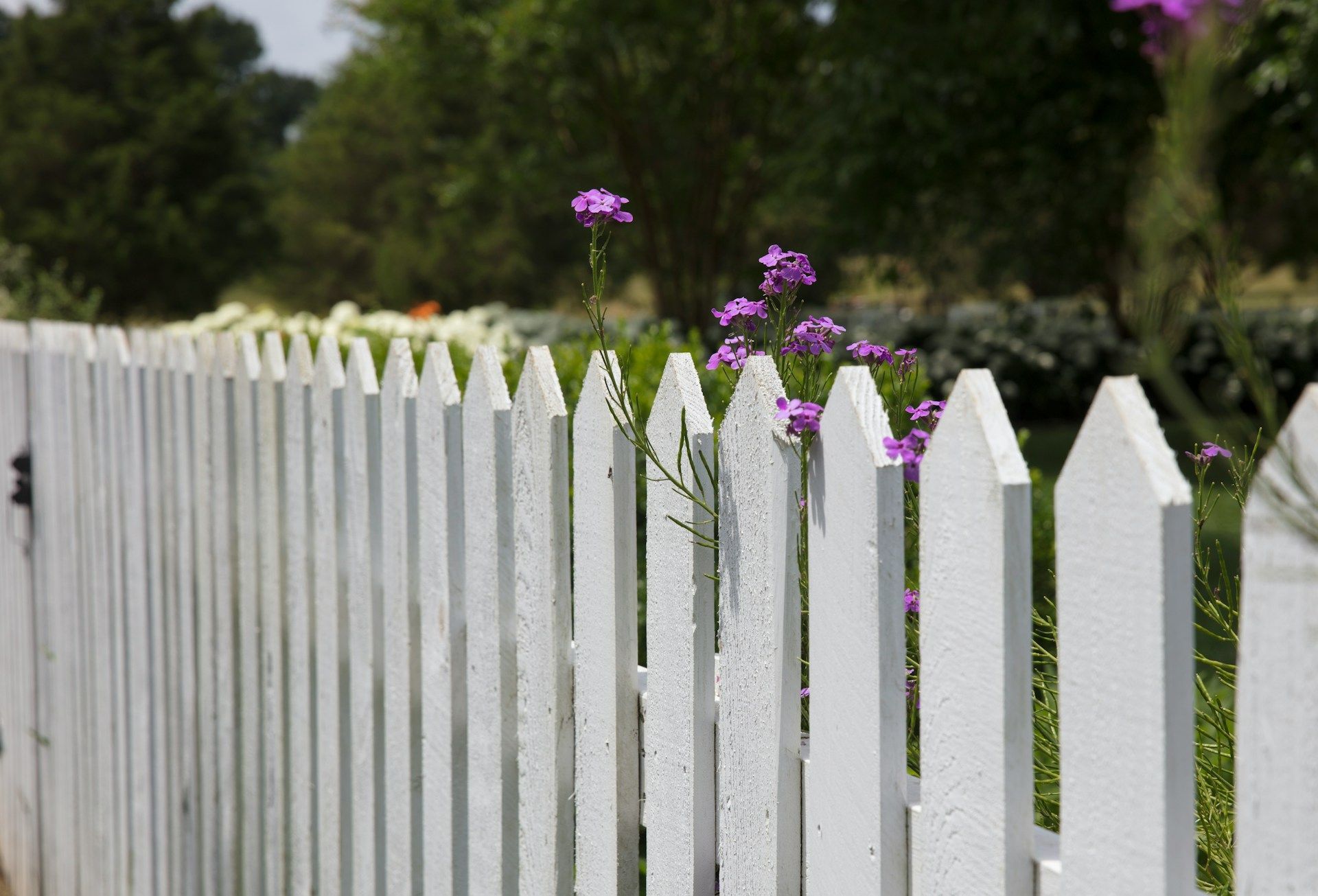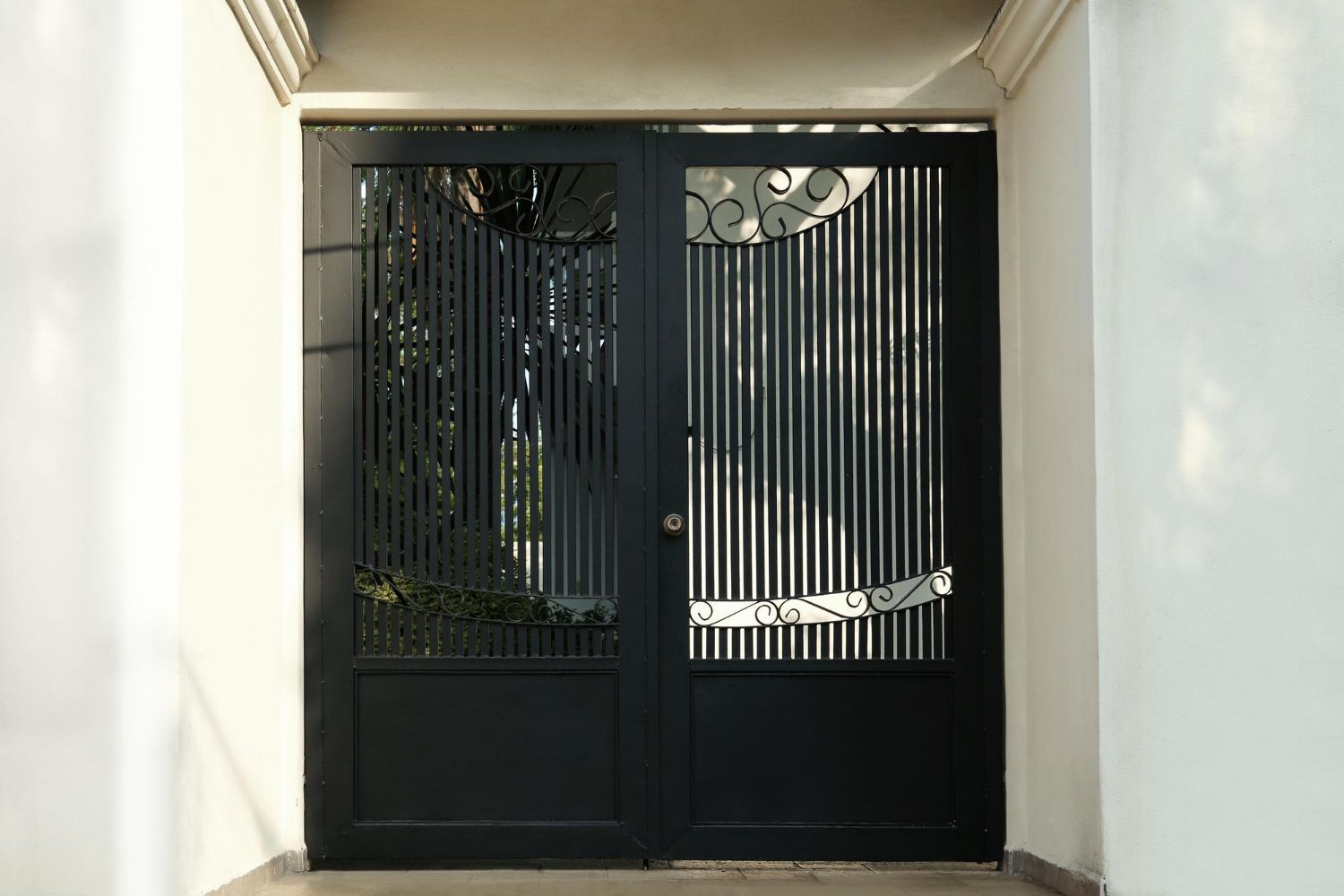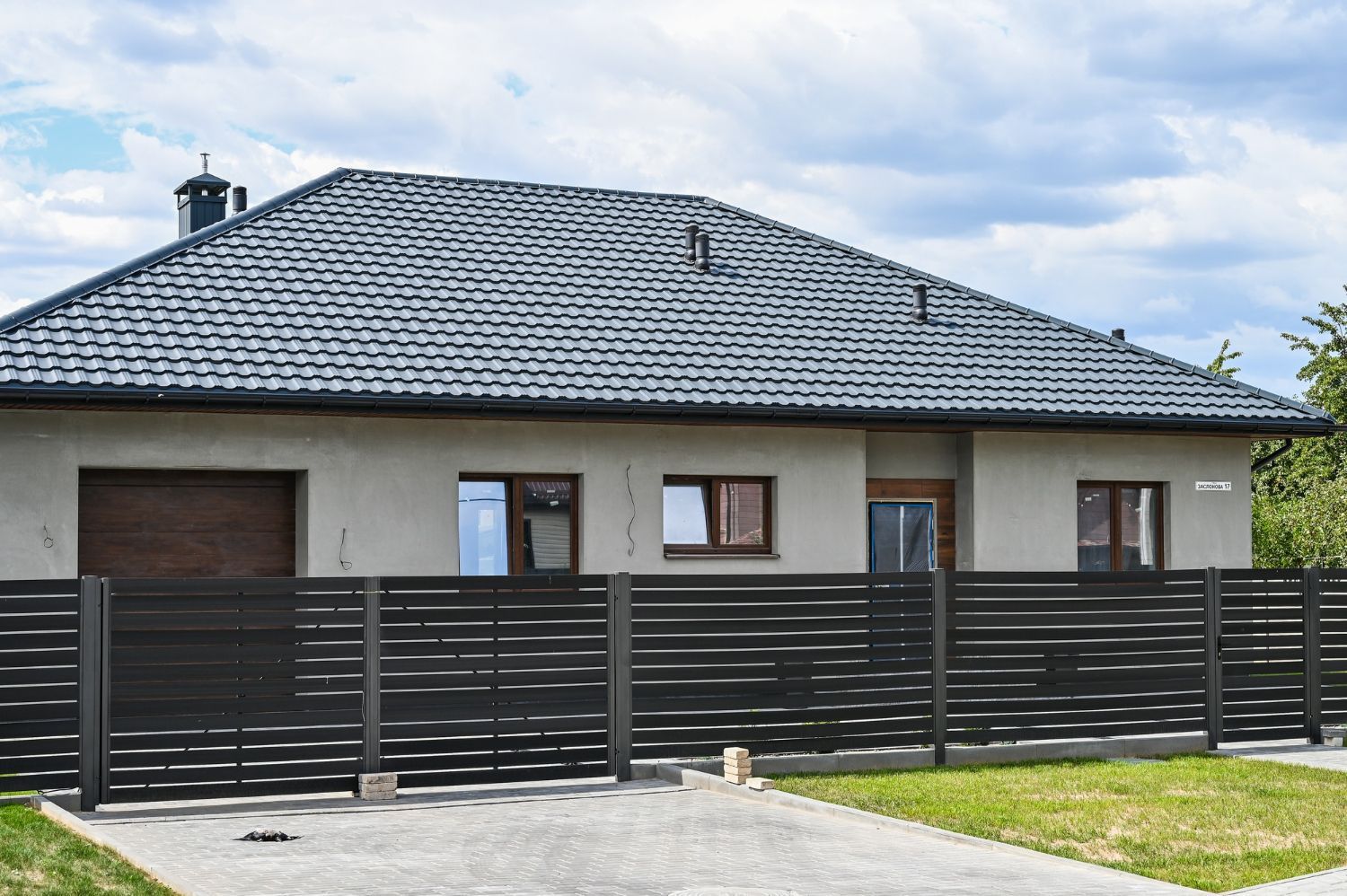A Quick Guide to Chain-Link Fencing Installation
Installing a commercial chain-link fence is an excellent way to secure an area, providing a strong and durable barrier that can last for many years. Whether you're looking to secure a business property, a school, or other outdoor areas, chain-link fencing is an ideal solution.
Before even starting the installation process, there are a few essential things to consider. In this article, we'll look at the considerations involved in installing commercial chain-link fencing in California, including the materials you'll need and the steps you must take to ensure a successful installation. By understanding the process before you begin, you can save time, effort, and money while ensuring a secure and long-lasting fence:
What Materials Are Needed for Chain-Link Fencing
The primary material needed for chain-link fencing is galvanized steel. The steel is galvanized to prevent rust and corrosion. This ensures that the fence will last for years to come. Additionally, galvanized steel is available in various gauges, so you can select one that best suits your needs.
In addition to the galvanized steel, you'll need posts and rails to construct your fence. Posts are typically made of steel, aluminum, or wood and are used to support the chain-link mesh. Rails are usually made of steel, aluminum, or wood and are used to attach the mesh to the posts.
You'll also need chain-link mesh. This mesh is available in different sizes and gauges, so you can choose one that works best for your fence. The mesh is usually made of galvanized steel but can also be made from vinyl or aluminum.
Finally, you'll need a few other materials to complete your fence. These include tension bands, tension bars, fence ties, and gate hardware. Tension bands and tension bars are used to attach the mesh to the posts. Fence ties are used to secure the mesh to the rails. And gate hardware is used to construct gates and latches.
Steps Needed to Ensure a Successful Chain-Link Fencing Installation
To ensure a successful chain-link fence installation, there are a few key steps that you should take.
1. Choose the Right Fence:
Before starting the installation process, you must make sure that you choose the right chain-link fence for your property. Make sure to take measurements to ensure that your fence is the correct size and meets all your needs.
2. Clear the Area:
Before you can begin installing the fence, you must ensure the area is clear. This includes removing any existing fencing, debris, or other obstructions.
3. Prepare the Ground:
Once the area is cleared, you must ensure that the ground is level and free of debris. This includes removing any roots, rocks, or other obstructions that could interfere with the fence installation.
4. Set the Posts: Once the ground is prepared, you can begin setting the posts. Make sure to use concrete to secure the posts and use a level to make sure that they are even.
5. Install the Fence:
Once the posts are set, you can begin installing the chain-link fence. You will need to attach the fence to the posts and ensure it is secure.
6. Secure the Fence: Once the fence is installed, you need to make sure that it is secure. This includes making sure that all of the posts are firmly in place and that the fence is securely attached to the posts.
Conclusion
As you can see, installing chain-link fences is not as simple as you might think. You need to make sure that every single step is done correctly so you won't have to worry about security. For that reason, it's highly recommended that you entrust the whole fencing process to an expert in fencing in California.
California Commercial Fence is a local, family-owned fencing business that has been providing customers with quality fencing services for many years. We specialize in a variety of
fencing in California. We have experienced and highly trained technicians who are available for any emergency repairs you may need. No matter what your fencing needs may be, California Commercial Fence is here to help.



